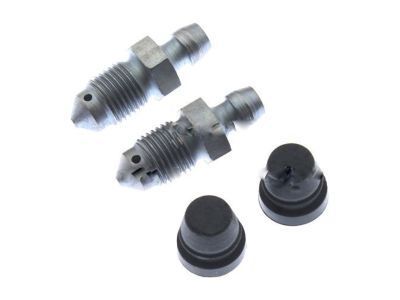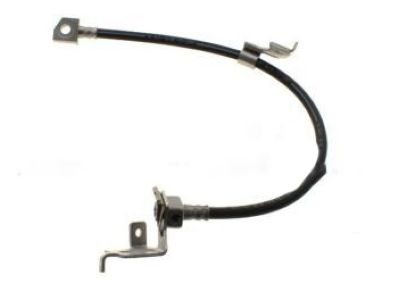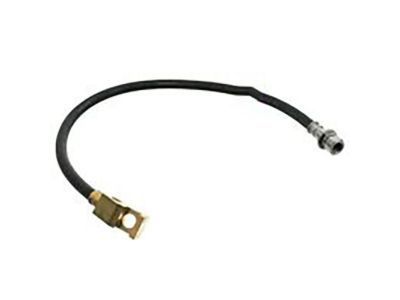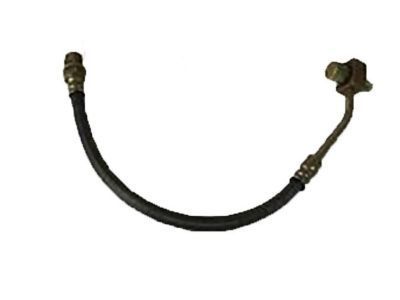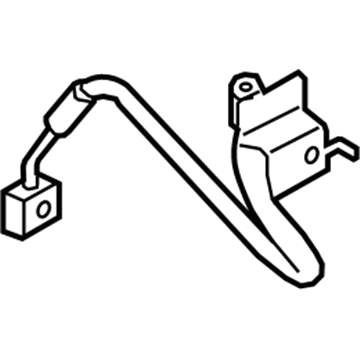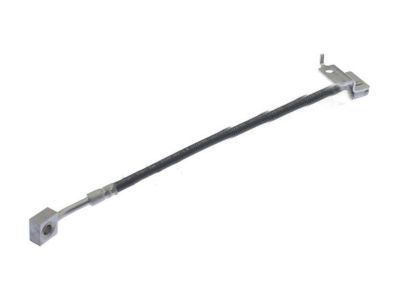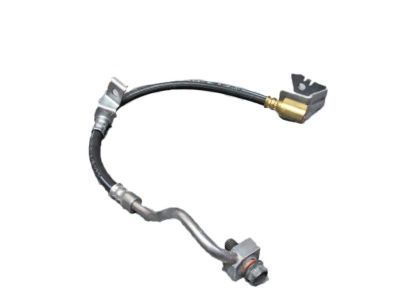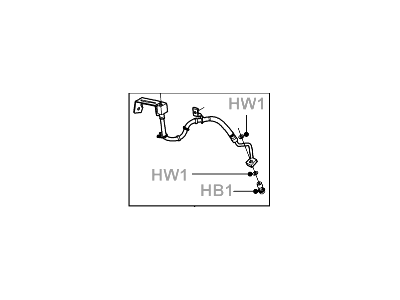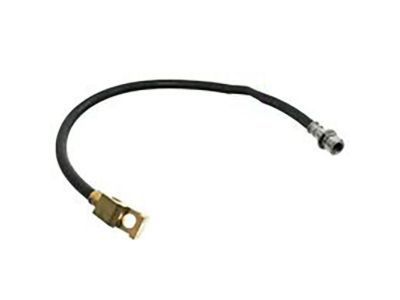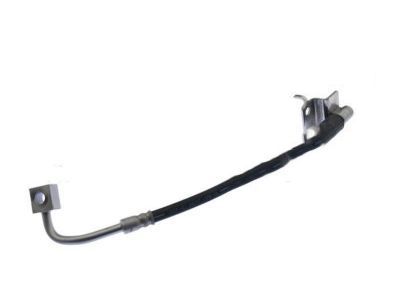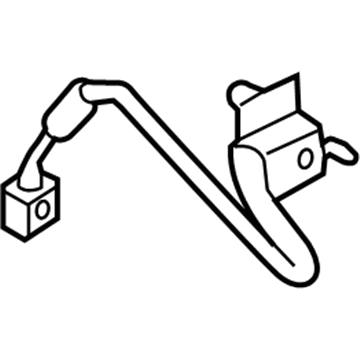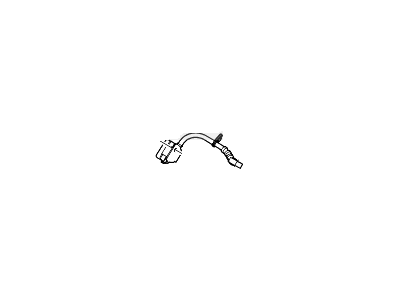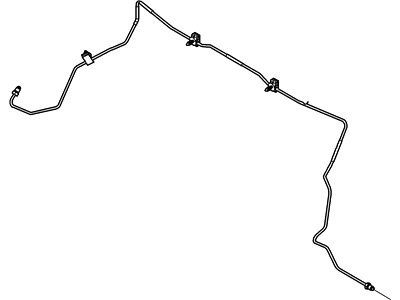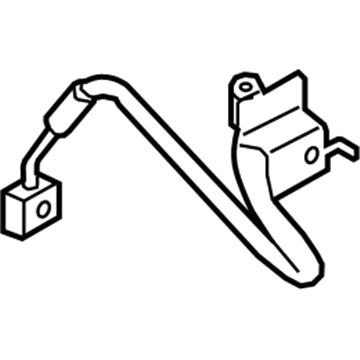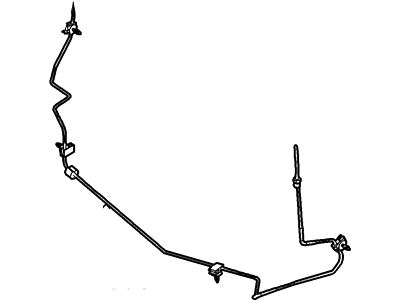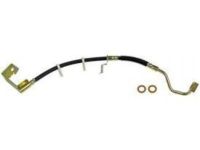

My Garage
My Account
Cart
Genuine Ford Mustang Brake Line
Brake Hose- Select Vehicle by Model
- Select Vehicle by VIN
Select Vehicle by Model
orMake
Model
Year
Select Vehicle by VIN
For the most accurate results, select vehicle by your VIN (Vehicle Identification Number).
150 Brake Lines found
Ford Mustang Brake Hose Assembly
Part Number: FR3Z-2282-D$50.94 MSRP: $84.20You Save: $33.26 (40%)Ships in 1-2 Business DaysFord Mustang Brake Hose Assembly
Part Number: FR3Z-2282-B$50.94 MSRP: $84.20You Save: $33.26 (40%)Ships in 1-2 Business DaysFord Mustang Brake Hose Assembly
Part Number: FR3Z-2282-C$50.41 MSRP: $80.40You Save: $29.99 (38%)Ships in 1-3 Business DaysFord Mustang Brake Hose Assembly
Part Number: FR3Z-2078-H$58.32 MSRP: $98.18You Save: $39.86 (41%)Ships in 1-3 Business DaysFord Mustang Front Brake-Flex Hose
Part Number: 8R3Z-2078-D$24.60 MSRP: $34.17You Save: $9.57 (29%)Ships in 1-2 Business DaysFord Mustang Brake Hose Assembly
Part Number: FR3Z-2282-A$50.41 MSRP: $80.40You Save: $29.99 (38%)Ships in 1-3 Business DaysFord Mustang Brake Hose Assembly
Part Number: FR3Z-2078-F$44.08 MSRP: $63.33You Save: $19.25 (31%)Ships in 1-3 Business DaysFord Mustang Brake Hose Assembly
Part Number: JR3Z-2078-K$76.37 MSRP: $130.36You Save: $53.99 (42%)Ships in 1-3 Business DaysFord Mustang Hose Assembly
Part Number: CR3Z-2A442-B$40.68 MSRP: $56.51You Save: $15.83 (29%)Ships in 1-2 Business DaysFord Mustang Hose Assembly
Part Number: CR3Z-2A442-A$41.04 MSRP: $57.01You Save: $15.97 (29%)Ships in 1-2 Business DaysFord Mustang Brake Hose Assembly
Part Number: JR3Z-2078-B$76.97 MSRP: $129.82You Save: $52.85 (41%)Ships in 1-3 Business DaysFord Mustang Brake Hose Assembly
Part Number: FR3Z-2078-J$59.29 MSRP: $98.00You Save: $38.71 (40%)Ships in 1-3 Business DaysFord Mustang Brake Hose Assembly
Part Number: JR3Z-2282-A$54.95 MSRP: $87.64You Save: $32.69 (38%)Ships in 1-2 Business DaysFord Mustang Brake Tube Assembly
Part Number: 8R3Z-2268-A$23.42 MSRP: $32.54You Save: $9.12 (29%)Ships in 1-2 Business DaysFord Mustang Brake Hose Assembly
Part Number: FR3Z-2078-B$61.79 MSRP: $98.55You Save: $36.76 (38%)Ships in 1-3 Business DaysFord Mustang Brake Tube Assembly
Part Number: 8R3Z-2C296-C$28.90 MSRP: $40.14You Save: $11.24 (28%)Ships in 1-2 Business DaysFord Mustang Brake Hose Assembly
Part Number: FR3Z-2078-K$57.41 MSRP: $98.00You Save: $40.59 (42%)Ships in 1-2 Business DaysFord Mustang Brake Hose Assembly
Part Number: FR3Z-2078-A$58.32 MSRP: $98.18You Save: $39.86 (41%)Ships in 1-3 Business Days
| Page 1 of 8 |Next >
1-20 of 150 Results
Ford Mustang Brake Line
The Ford Mustang Brake Line is an important part of the vehicle that performs a primary function of conveying brake fluid from the master cylinder to the brake caliper pistons hence allowing the hydraulic brake system to work as required. Brake lines are made of metal and are always affected by corrosion and impacts that cause leakage and reduced pressure. Brake hoses can also become worn in terms of their physical and internal characteristics which also leads to a brake system deterioration. Prebent brake line kits and new stainless steel brake hoses which make it easier to replace the old ones, and will provide better feel and handling for high performance driving. Replacing cables with genuine seven wire stainless steel cables means an increase in the feel of the pedal for a better and more sensitive brake control.
We provide a wide range of Ford Mustang Brake Line at the best prices possible. If you need Ford Mustang Brake Line, you can shop with confidence on our website. All our OEM parts come with a manufacturer's warranty and are delivered to your door step with a fast delivery service.
Ford Mustang Brake Line Parts Questions & Experts Answers
- Q: What is the importance of inspecting the rubber hoses that connect the steel brake lines to the front and rear calipers every six months on Ford Mustang?A:About every six months, it is important to inspect the rubber hoses that connect the steel brake lines to the front and rear calipers. These hoses are critical components of the brake system and should be thoroughly examined for cracks, chafing, leaks, blisters, or any other damage. To do this, raise the vehicle and support it securely on jackstands. If any of the hoses exhibit these conditions, they should be replaced with new ones. When replacing the hoses, use a flare nut wrench to disconnect the metal brake line from the hose fitting, being careful not to bend the frame bracket or brake line. On ABS-equipped models, it is important to plug the metal brake line immediately to prevent air from getting into the hydraulic control unit. Separate the ABS sensor harness from the brake hose and remove the hose bracket from the front strut and chassis for front brakes, or remove the ABS harness connector and unbolt the bracket from the chassis for rear brakes. Remove the banjo bolt from the caliper and discard the sealing washers. Connect the replacement hose to the caliper using new sealing washers and tighten the banjo bolt to the specified torque. Mount the hose bracket to the chassis (and front strut for front brakes) and connect the metal brake line tube nut(s) to the hose fitting by hand, then tighten securely with a flare nut wrench. Attach the ABS brake harness to the brake hose and reattach the ABS harness connector to the rear hose bracket for rear brakes. Ensure that there are no kinks in the hose and that it does not contact any part of the suspension by turning the wheels to extreme left and right positions. If necessary, remove and correct the installation. When replacing brake lines, always use the correct parts and avoid using copper tubing. Prefabricated brake lines with flared tube ends and fittings installed are available and can be securely supported in brackets with sufficient clearance from moving or hot components. After installation, check the master cylinder fluid level and add fluid as necessary. Finally, bleed the brake system and test the brakes carefully before driving the vehicle in traffic.
Related Ford Mustang Parts
Browse by Year
2024 Brake Line 2023 Brake Line 2022 Brake Line 2021 Brake Line 2020 Brake Line 2019 Brake Line 2018 Brake Line 2017 Brake Line 2016 Brake Line 2015 Brake Line 2014 Brake Line 2013 Brake Line 2012 Brake Line 2011 Brake Line 2010 Brake Line 2009 Brake Line 2008 Brake Line 2007 Brake Line 2006 Brake Line 2005 Brake Line 2004 Brake Line 2003 Brake Line 2002 Brake Line 2001 Brake Line 2000 Brake Line 1999 Brake Line 1998 Brake Line 1997 Brake Line 1996 Brake Line 1995 Brake Line 1994 Brake Line 1986 Brake Line 1985 Brake Line 1984 Brake Line

